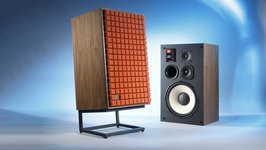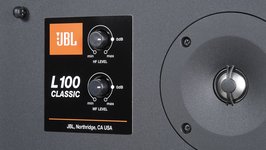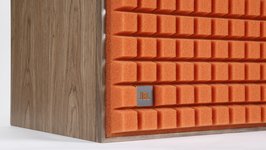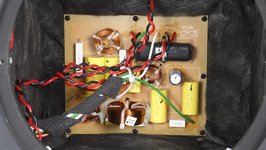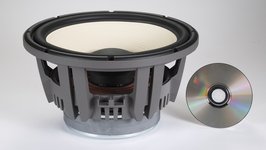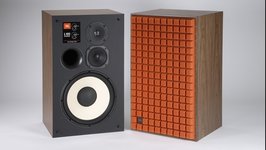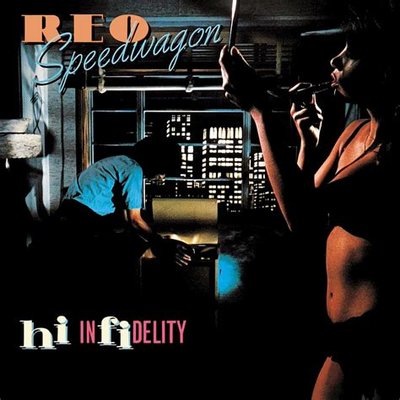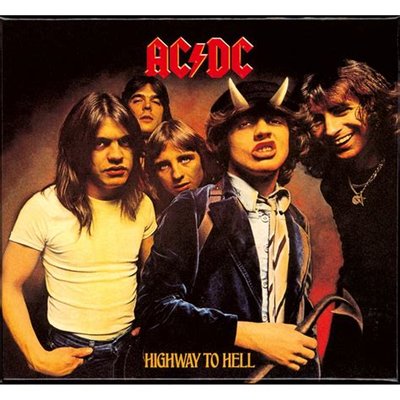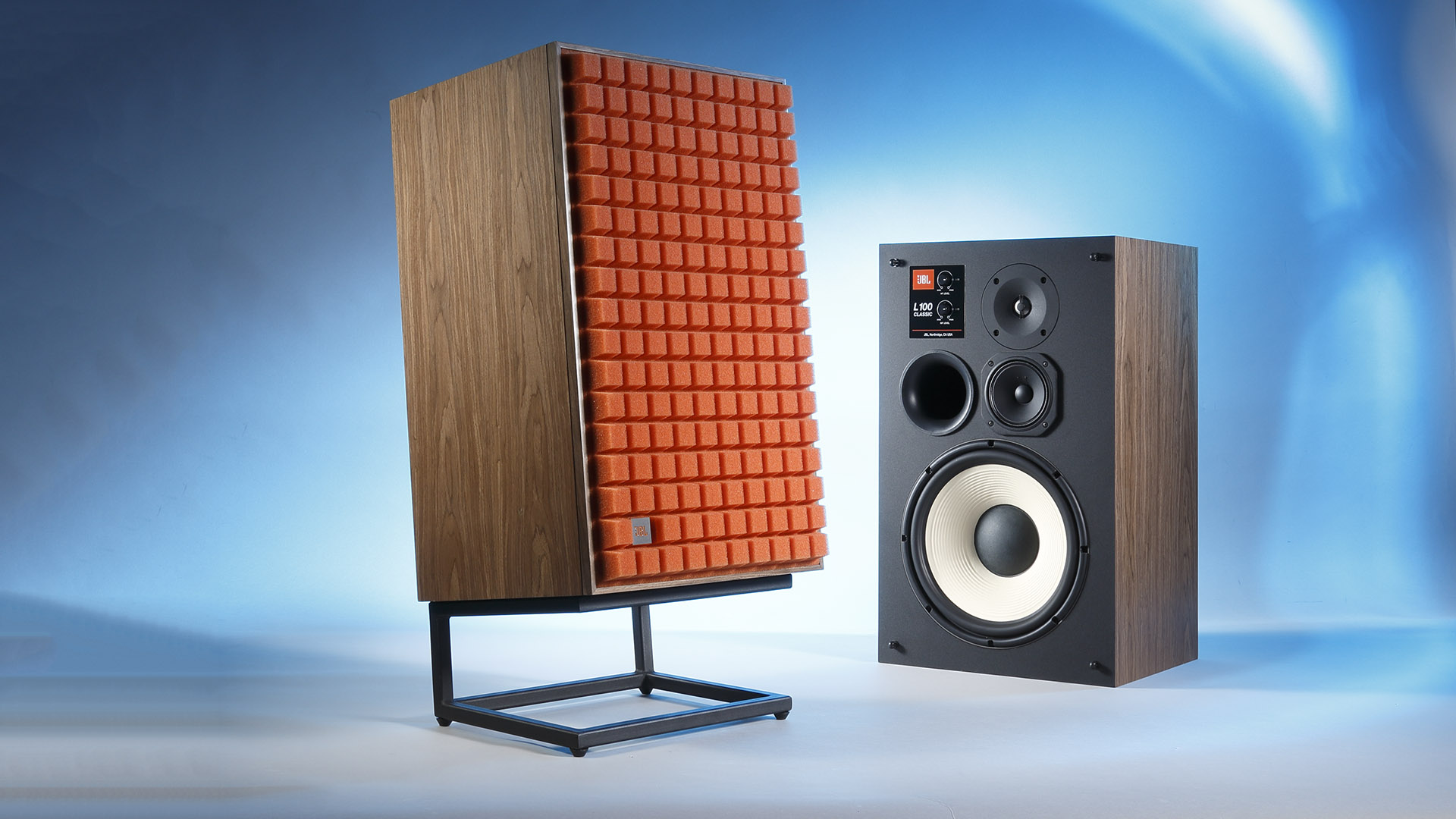
Standmount Speaker Test
JBL L100 Classic Review
Full-bodied, Powerful, Vintage – Manufacturing legend James B. Lansing, "JBL" for short, revives a successful model from 1970. We will answer the question of where it stands between nostalgia, the "retro wave" and being a welcome addition to the world of hi-fi.
I, the author, and you, the reader, might have a very similar feeling in questioning whether this article is a hi-fi oldie or a review of a contemporary speaker. The JBL L100 Classic is the reincarnation of a classic from 1970. Of course, this somewhat larger reissue includes the latest driver technology, high-quality components and, above all, the modern knowledge of JBL's engineers. It is also, strictly speaking, difficult to categorize and fits in somewhere between the usual categories of standmount and floorstanding loudspeaker.
Of course everyone – including me – wants to have these speakers. They deliver, in all aspects, both the look and the sound that I appreciate in and expect from "vintage". Full-bodied, direct and rhythmic. This JBL speaker provides strength and pressure without audiophile gimmicks. It's not the ultimate reference concerning details and spatial depth, but such supposed weaknesses are completely lost in the distinct coherence of its empathical and musical performance. The reflex-supported bass, equipped with a genuine, elaborately made and thus very expensive 30 cm driver, is full, black and deep, springy and thus ultimately as many want it to be.
How do they do that?
Thanks to the typical JBL pure pulp cones, plastic-coated for increased speed and tailor-made for hi-fi, there is still enough of the speed the larger models have – known from the PA sector – to make some of the more audiophile competitors pale in comparison. This is also due to the high efficiency of 90 dB, the lower cut-off frequency of less than 30 Hertz (!) and the low distortion that is noticeable over the entire spectrum.
The fast midrange cone and the tweeter, which reminds of the titanium dome tweeters of the late 90s, are a congenial fit and need not hide from high-end competitors. JBL has succeeded in forming these three drivers into an extremely harmonious whole, with a modern, high-quality crossover smoothly dividing the labor of the drivers at 420 and 3500 Hertz. The front-mounted midrange and tweeter controls are by no means just for show, but prove their worth, for example, with unfavorable room damping. Your foot starts to tap along, the feel-good factor is enormous.
Take a good integrated amplifier – preferably, for example, an old Sansui like the AU-7900 or AU-717, which was developed with such loudspeakers – and listen to rock music through them. This has such a power and energy that it will surprise nobody that such, admittedly old, combinations are desired and cherished by many Oldie fans. This may be a stupid question towards the STEREO reader, but have you seen the movie "High Fidelity"? Because then you understand this speaker and its right to exist! In the past, this kind of loudspeaker actually played mainly in record stores, where music lovers met behind and in front of the counter.
Whole Lotta Reasonable Love
Some criticism should be allowed and expressed. For example, we found the workmanship of the sturdy 25 mm housing with its walnut wood foil rather "good" than "very good"; somewhat rustic and "pragmatic", in an American way. After all, the price tag reads 4200 Euros without and 4500 Euros with the matching stands.
This "remake" of an old speaker with today's technology sounds very good, and is of course a great idea in general. Still, especially the grille, which is available in various colors for individualization, raises what we consider to be some fundamental questions. The integrated foam blocks contribute enormously to the vintage appearance, without a doubt. Acoustically, these were already not the greatest in 1970 – which hasn't changed, of course. But today we know that. So you improve drivers and crossover dramatically with today's knowledge and possibilities, including the waveguide, and then put a highly efficient antique plug on the speaker so that it not only looks but also sounds like a JBL from the 70s? Nope.
Couldn't you have saved yourself the progress then? As an extreme tweeter filter, these foam covers prevent good sound and should definitely be taken off for listening. If you just consider them as an attractive cover and use them when small children are visiting or for some soft background music, for example, don't hesitate to do so. Otherwise, rather hang them on the wall as small absorbers than in front of the speakers. We don't want to complain that the frame is not made of wood but of plastic, because this way it can and probably will not bend even in decades, and its durability should easily outlast that of the foam.
Living Music
To avoid any possible misunderstandings: In terms of plasticity and timing, the L100 Classic owes nothing, but delivers everything. Here, such qualities just don't become an end in themselves, but submit to the holistic and convincing overall result. In addition, this American shows dynamics and level reserves across the entire frequency spectrum which many other transducers and their designers envy.
In fact, during our extended listening sessions, the question arose as to why other manufacturers no longer rely primarily on JBL bass drivers. Without wanting to answer the question – neither as someone who has studied economics nor as someone who has been a technical editor for some decades now – I certainly look forward to every single test that includes such a driver. Call it biased or lived experience, but other colleagues also appreciate JBL in their home setup. I wonder why.
A great, yes, a really desirable loudspeaker!
Verdict
Coherent, full-bodied and rhythmically playing loudspeaker with a proper touch of retro and musical feeling. Vivid reproduction with good efficiency and deep, black bass. Enormous fun overall!
Technical Details
Compact speakers (passive)
JBL L100 Classic
Price: ca. 5000 € (Last check: 20.10.2022)
Dimensions WxHxD: 39 x 65 x 34 cm
Weight: 26.7 kg
Warranty: 5 years
Manufacturer: Harman International
General Data
Measurement Results
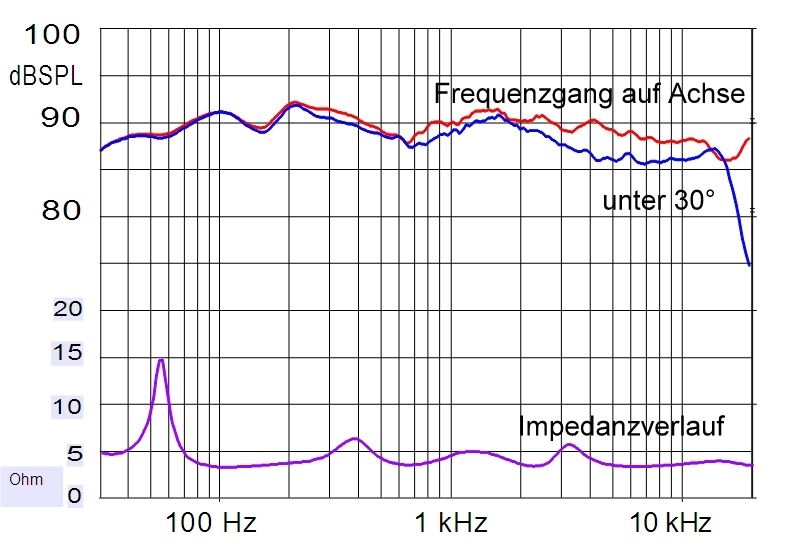
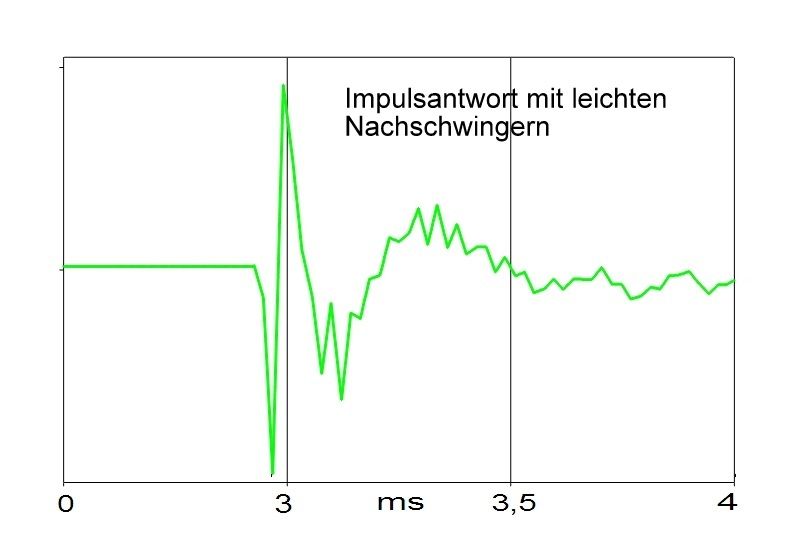
Measurement Values
| Rated impedance at DC: | 4 Ohm |
| Minimum impedance: | 3.5 Ohm |
| Minimum impedance at: | 100 Hz |
| Maximum impedance: | 15 Ohm |
| Maximum impedance at: | 53 Hz |
| Sound pressure characteristic (2.83 V/m): | 90 dBSPL |
| Power for 94 dBSPL: | 4.1 W |
| Lower cut-off frequency (-3dBSPL): | <30 Hz |
| Distortion factor at 63/3k/10k Hz: | 0.2/0.3/0.1 % |
Stereo Test
Sound Level Compact speaker: 93%
Price/Performance
Lab Comment
Axially very well-balanced amplitude frequency response, abaxially gently sloping, the speakers should be operated at a slight angle. Linearized, quite good-natured impedance. Good impulse response. Extremely low distortion.
Features
Three-way technology, bass reflex, level control, single-wiring terminal
Test Devices
CD-Players:
Audiolab 8300 CDQ,
T+A MP 2000R
integrated Amp:
Advance Acoustic X-i1100
Loudspeakers:
JBL L100 Classic,
PMC twenty5.22
Cables:
Cardas, HMS, Supra
What we´ve Heard
REO Speedwaggon - Hi Infidelity:
The successful album of the 80s may – similar to the colleagues from "Styx" – be too cuddly and soft for some people, but it still conveys a bit of the spirit of the times and sounds excellent, this also applies to the inevitable "Keep On Loving You".
AC/DC - Highway To Hell:
The title track, or also "Touch Too Much", is much more brutal, which is very good at overtaxing overly audiophile speakers, but makes speakers like these from JBL look good.
 MAGAZINE
MAGAZINE